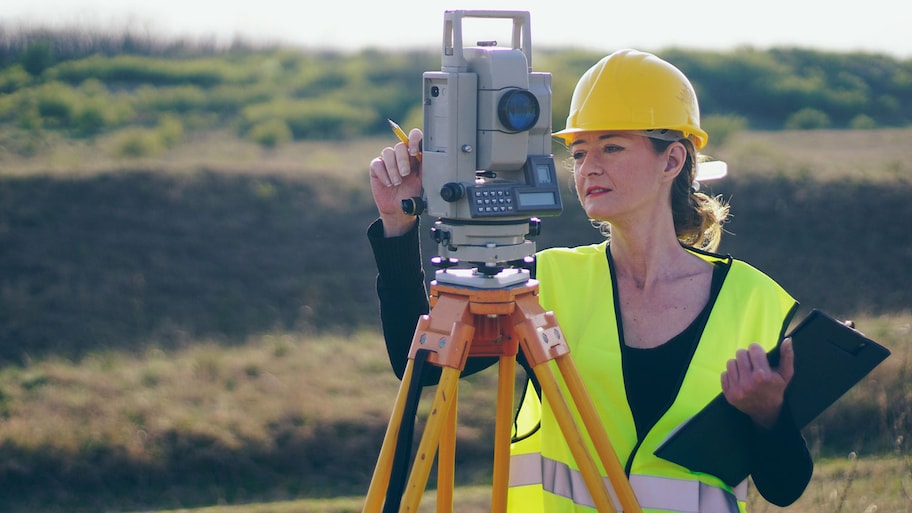Mark your territory with these tips
You don’t want to overstep your bounds, but you definitely want to make sure your neighbors don’t either. That’s just one of the reasons it’s important to know how to find property lines. Every homeowner has a right to know exactly where their property line begins and ends. The problem is, it's not always clear exactly how to find your property line. Toss in a dispute with a neighbor—or even legal troubles—and the need to draw the line (literally) can feel urgent.
In this guide, you'll learn how to find your exact property lines.
1. Know What Property Lines Are (and Why They Matter)
Property lines are the boundaries that legally define a piece of property. As a homeowner, you can indicate your property lines by physical objects (streets, sidewalks, fences, etc.). In some cases, especially if you and your neighbor have large, unfenced yards, there may be nothing separating your property.
Even invisible property lines matter a lot. One can get themselves into legal trouble with a neighbor for building on their property, which can be both a costly and frustrating experience. When considering building a fence in the winter or spring or even adding shrubs along your property line, you want to be sure you know where yours lies.
2. Use a Property Line Map

Your local county record or assessor’s office should have maps that show where your property line lies. In some cases, this information may be available online, or you may have to go into an office building.
In either case, there is usually a small fee (under $25) to access this information.
3. Find Your Homeowner’s Deed and Measure Yourself

When you bought your house, a homeowner’s deed was transferred to give you legal rights to your home and surrounding land. On this deed, you can usually find a physical description of your property line (sometimes including measurements). Using a tape measure (or the physical objects the deed references) you can find your property line yourself.
If you financed your home and still make mortgage payments, the bank or lender you borrowed from will hold your homeowner’s deed, which you can gain access to if you call them for the information. You may also be able to acquire the deed info from your local county recorder’s office.
Keep in mind: for older homes, the deed may describe items no longer on the property (i.e. trees or shrubs). If this is the case, the information may not be as helpful.
4. Locate a Survey Pin

When new homes are built, contractors often use survey property pins to outline the property lines. This enables them to build in the proper location and avoid building on someone else’s land.
Often, these stakes, which are pieces of iron stuck into the ground, are left behind after construction. Look for them along curbs, by the sidewalk, or along the back of your property to confirm location.
Do keep in mind that survey pins can be moved. For example, a gas or utility company might move them when installing a gas line. So using survey pins as a point of reference may be better as a reinforcement method than a primary one.
5. Visit Your Local Zoning Department
Your county’s zoning department should also have a physical copy of your property with reference points or measurements that indicate where your property lines lie.
Again, you may have to pay a small fee (under $25) for this information. Look online to see if it can be ordered instead of going to the physical office, which may be in another town.
6. Hire a Licensed Land Surveyor

If information on your property line isn’t in the deed or available to you at the county office, a local licensed land surveyor can help. Their job is to find and measure where your property line ends, and your neighbor’s begins.
Land surveyors cost between $200 and $1,000, depending on the job. Larger properties, or those with more corners to them, will cost more simply due to the time it takes to measure out your property.
Hiring a land surveyor is worth it if you don’t know where your property lines are, but you’d like to build on your property or extend an existing structure.
7. Make a Lot Line Agreement With Your Neighbor

In certain instances, such as when you live in a remote area, you may still struggle to find your property lines. A lot line agreement (or “adjustment agreement”) is basically an agreement you and your neighbor make to settle on where your property line lies.
This legally binding method can help settle a dispute without involving costly lawyers. If you’re friendly with a neighbor, this is definitely a strategy to consider before taking more drastic measures.





